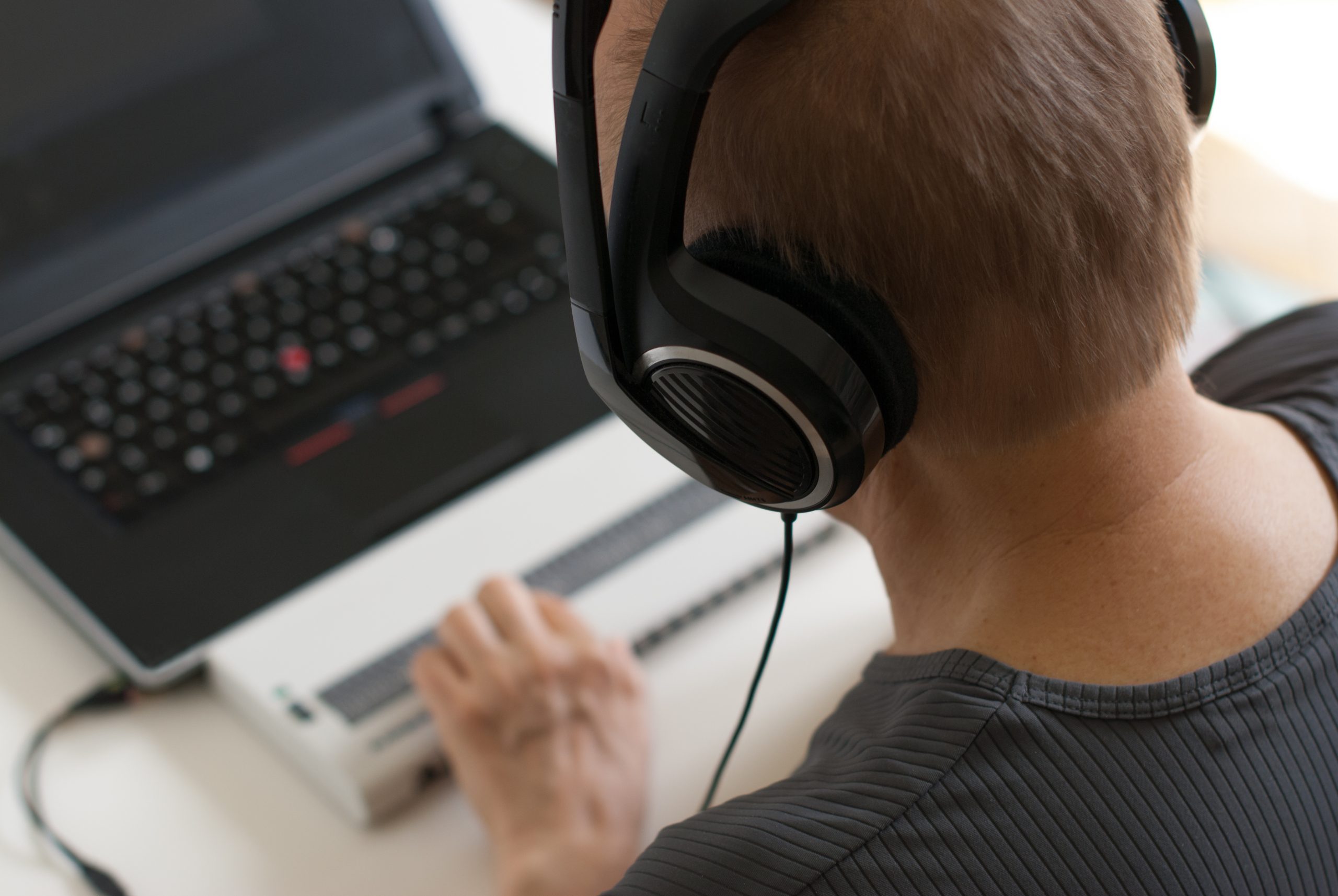How to Make Your Virtual Event Digitally Accessible
When the pandemic shut the event industry down, the evolution of hybrid and virtual events not only gave the industry new life, but also more flexibility than ever before. Just like in-person events, however, making sure virtual and hybrid events are accessible is a key part to a wholly inclusive experience. That’s why it’s critical that event professionals consider digital accessibility when strategizing their next experience.
While more than 30% of adults have a diagnosed disability—and many more benefit from features that make an event more accessible to them—as many as 98% of virtual event platforms available are not accessible for people who rely on assistive technology, noted Samantha Evans, certification manager at the International Association of Accessibility Professionals. “Inaccessible platforms, content, and delivery essentially shut the door to prospective attendees or minimize their ability to engage, which is also a lesser-than experience,” she said.
But what is digital accessibility?
According to Evans, digital accessibility is “building and delivering digital products and services to provide equal access and equal opportunity to information and engagement to people with disabilities. This includes ensuring usability regardless of the choice of assistive technology someone uses to access the digital world.”
How can event professionals host more accessible virtual or hybrid events?
The first step to ensuring a digital event is accessible is to include it in the goals and strategy of the overall program, said Evans. This means selecting a virtual event platform that is digitally accessible in both navigation and engagement, including keyboard accessibility (not just a mouse click), voting, polls, chat, and accurate captions can be provided along with sign language interpreters.
Captions should go beyond simple moving text on a screen; text should be grammatically correct, and ideally, run by a live captionist (not artificial intelligence). Evans noted that event professionals should provide captionists and sign language interpreters with slides, content, and language prior to the event to familiarize them with the content.
To further ensure accessibility, Evans said event professionals can also make sure marketing materials and the registration page are both digitally accessible, which includes captions, alt-text, accessible players, no flashing content, and no autoplaying sounds or videos.
It’s a good idea to designate a team member to take point as the contact for further accessibility questions, as well as make sure team members are aware and available on the day of the event for troubleshooting any issues with the accommodations.
Make sure your speakers are on onboard by providing them with inclusive presentation guidelines, including slides, videos, and best practices, with a remediation timeline in place if the speaker cannot provide an accessible presentation.
While it may seem like planning a digitally accessible event is complex, Evens noted there are five actions you can take right now:
- Add alt-text to images, graphs, and images.
- Choose high color contrast for text and design.
- Caption video content and transcripts for audio-only content.
- Use the built-in accessibility checkers for documents and presentations.
- Before signing a contract, ask your vendor about their commitment to accessibility.
“Everyone can do these things today, and if you tackle these five things, you become empowered to do better, build better, and deliver better events,” Evans said. “The event planning industry has not baked accessibility into their recipe for successful and inclusive events, yet. Today’s a great day to start.”
How else can planners lead the way in becoming accessibility champions within their organizations for their events?
Register now and join our upcoming webinar as we bring together a diverse set of voices for a frank conversation about the state of accessibility and inclusion.



